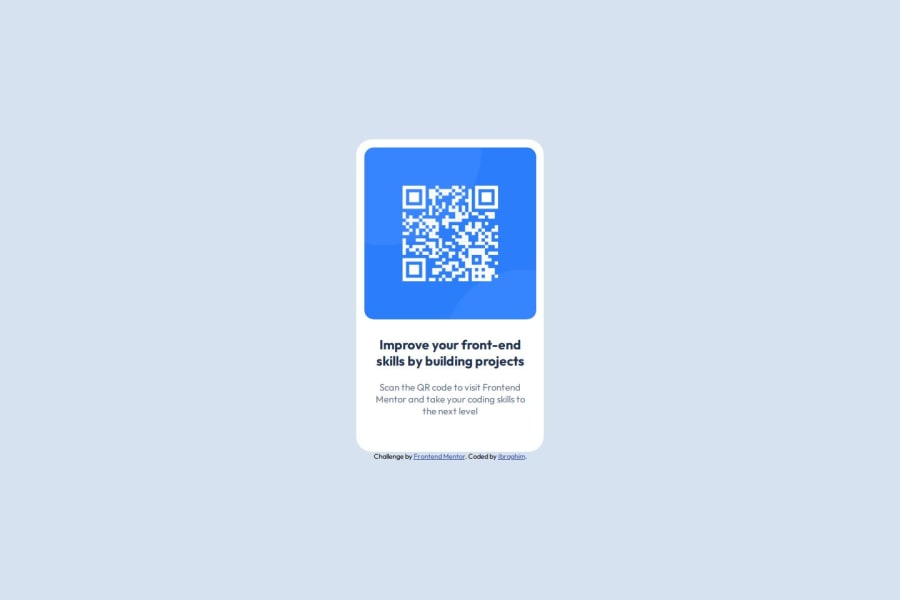
Design comparison
SolutionDesign
Solution retrospective
What are you most proud of, and what would you do differently next time?
Hard to say what I'm most proud of but If I had to choose one thing It would be the way I used Flexbox, It has been one of my biggest struggles so far and I think I did a good Job.
What challenges did you encounter, and how did you overcome them?My biggest challenge was getting the dimensions and scales right for the different screen resolutions, the way I overcame this challenge was by simply inspecting the page and eyeballing the dimensions.
What specific areas of your project would you like help with?- HTML structure;
- CSS Flexbox;
- CSS Paddings & Margins.
Community feedback
Please log in to post a comment
Log in with GitHubJoin our Discord community
Join thousands of Frontend Mentor community members taking the challenges, sharing resources, helping each other, and chatting about all things front-end!
Join our Discord
